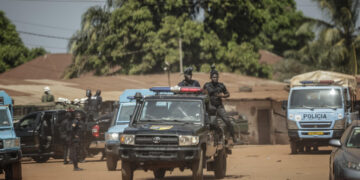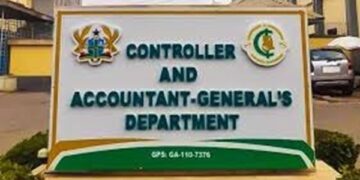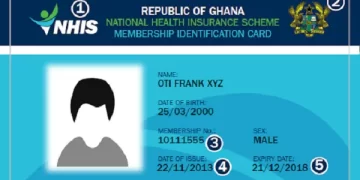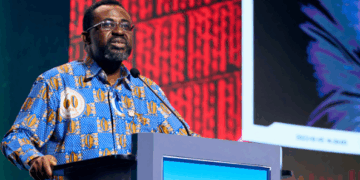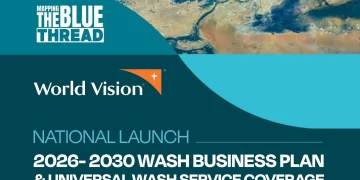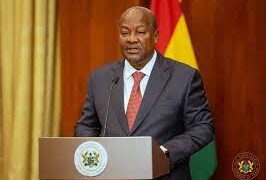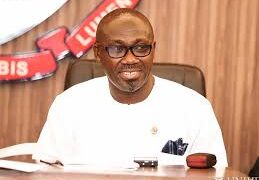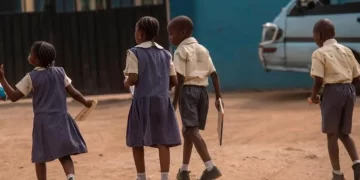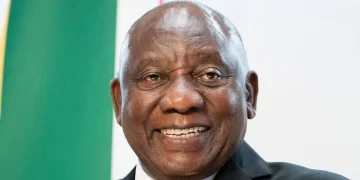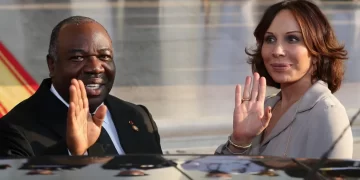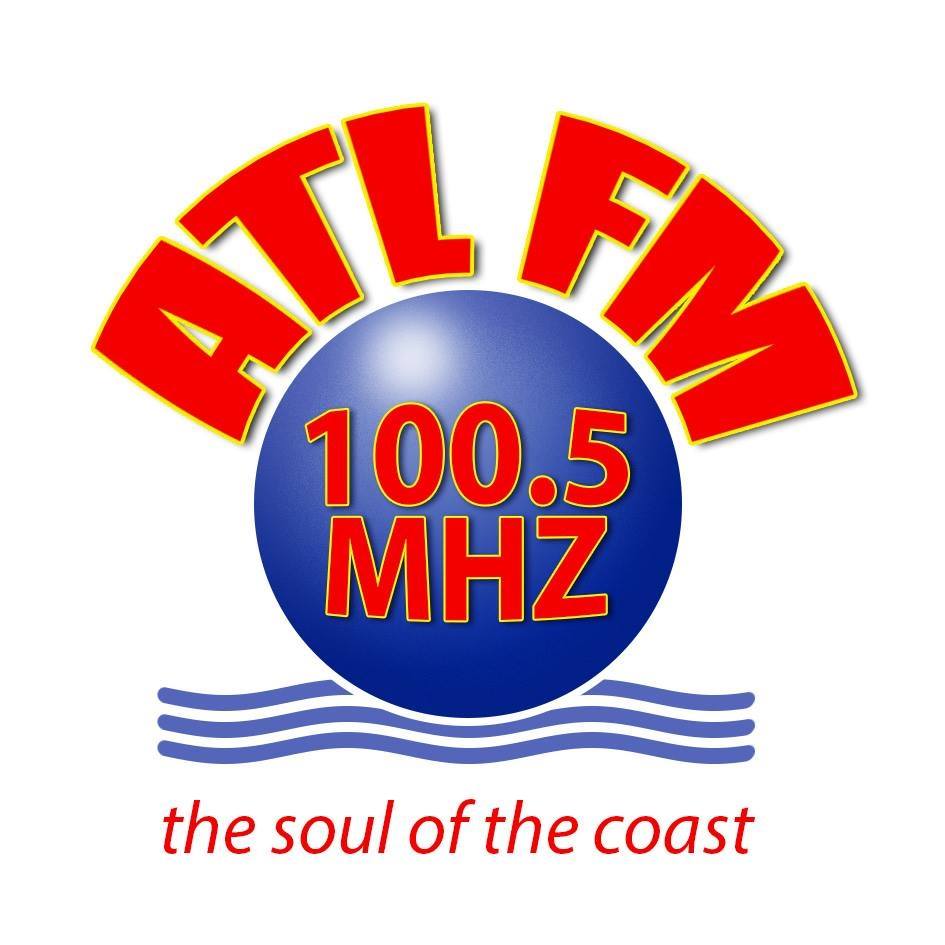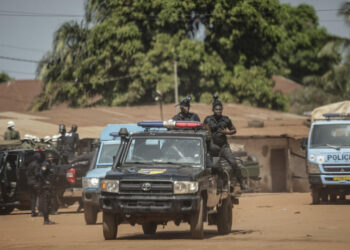Unarguably, the financial commitment made for the education (literacy) component under the Millennium Challenge Goals (2000) led to a large increase in school enrollment especially in Sub-Saharan Africa. The impact story was reflected in the astronomical improvement in Primary school enrollment which generally increased from 58% to 76%. Gender gaps narrowed, and more children have progressed through to secondary level education. The question is, are all these children learning? If yes, what are the contributory factors. If no, what are the stumbling blocks hampering the progress of children to learn. Some studies have reported that, in Africa, 3 out of 4 children cannot read. A study conducted by ONE campaign shows that over half the world’s 10-year-olds were unable to read by the end of 2021, with Africa’s children particularly identified to struggle the most. The World Bank called this crisis “Learning Poverty”.

The Centre for Universal Education at Brookings/This is Africa Learning Barometer provides evidence to this gravity. Ghana, just like the other West African or most African countries has made significant strides in improving education (EMIS report, 2018). The large enrollment levels however, cannot commensurate the academic performance of learners especially the early graders. Reports from Early Grade Reading Assessment (EGRA) over the years show significant figures of children’s poor reading abilities. The 2013 EGRA report indicated that 98% of grade 2 children were unable to read with comprehension and about 50% were unable to identify the letters of the alphabets in English language. Countries and organisations across the globe have made and shown several commitments to education, through Millennium Development Goals (MDGs) and resent Sustainable Development Goals (SDGs). However, these investments seem to have much influence in school enrollment, even though 260 million children are reported by World Bank as not being in school.
In Ghana, interventions like the USAID sponsored National Literacy Acceleration Program (NALAP), USAID/FHI 360 Learning programme, Universal Learning solutions project and several other literacy projects by NGOs like Right To Play, Sabre Education, Plan Ghana among others, over the years have yielded some level of academic outcomes, however, not much in comparison to the global standard. To accelerate the progress of SDG 4 and to minimize Learning poverty, the commitment of NGOs still remains important.
Consequently, the World Bank in partnership with Ghana Education Service in 2020 launched the Ghana Accountability for Learning Outcomes Project (GALOP). Right to Play with funding from Lego Foundation also initiated another literacy project dubbed; Partners in Play Project (P3). Moreover, the USAID/FHI 360 Learning project also introduced a second phase that focuses on the transition to usage of English language in their literacy programme in the lower primary. The aforementioned interventions were all geared towards building a Ghanaian child that can read, write and understand in both their L1 (mother tongue) and L2 (English language). Largely, a child’s ability to read with comprehension leads to learning. The World Bank’s report on Outcome measurement in Education indicates that learning is not taking place especially at the basic school level.
Dornorbor D.A Basic school in the Anloga district in the Volta Region of Ghana, is benefiting from 3 literacy driven interventions from 3 different organizations. These interventions largely targeted the professional skills development of teachers, who will use the knowledge and skills gained to help develop or improve children’s reading abilities. Typically, a basic 2 teacher in Dornorgbor D.A Basic school who have received trainings from Right To Play, USAID/FHI 360 Learning and Pencils of Promise is expected to integrate the knowledge and skills given in his or her lesson planning and delivery. Whereas the Learning programme has scripted lessons to be followed, Right To Play’s Partners in Play project expectedly guided teachers, to write learner plans integrating play and other forms of activities. In such situations, teachers more often than not would have to use their discretion in choosing the approach that comes easy for them. Some of the teachers only attempt to demonstrate the use of the skills acquired from the training when supervisors from a given organization come for classroom observation and monitoring.

Man, Nuobepuo et al (2019) also identified and captured such struggles that primary school teachers go through in Upper West in the research evaluation of National Literacy Acceleration Programme. The questions many ask are; Where is Ghana’s Ministry of Education going wrong? Does the various NGOs with literacy focused projects align with Ghana’s Education strategic plans? Nonetheless, Learning Poverty in Ghana cannot entirely be attributed to the uncoordinated literacy projects but several systemic challenges. These include: Professional teacher training and Investment in training where teachers are comfortable using traditional methods of teaching rather than embracing the current trends of education, Access to teaching and learning resources for children as a result of poverty, poor parental involvement in their wards education and poor school literacy programme, and curriculum planning and implementation.
The growth of any country lies in the quality of the human resources. If children cannot read, it is obvious that all education SDGs are at risk. Eradicating learning poverty is as essential as eliminating extreme poverty. Education strategic plan may be developed with brilliant ideas of how the educational system should be developed. However, if the ministry is not intentional about aligning the flowing funding of NGOs to the strategic plans, then the situation happening in several schools like Dornorgbor will persist and teachers would have no options than to use their discretion in their lesson delivery; where learning may not take place.


